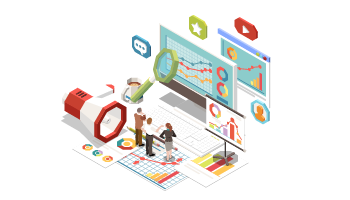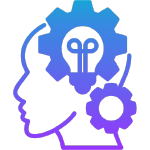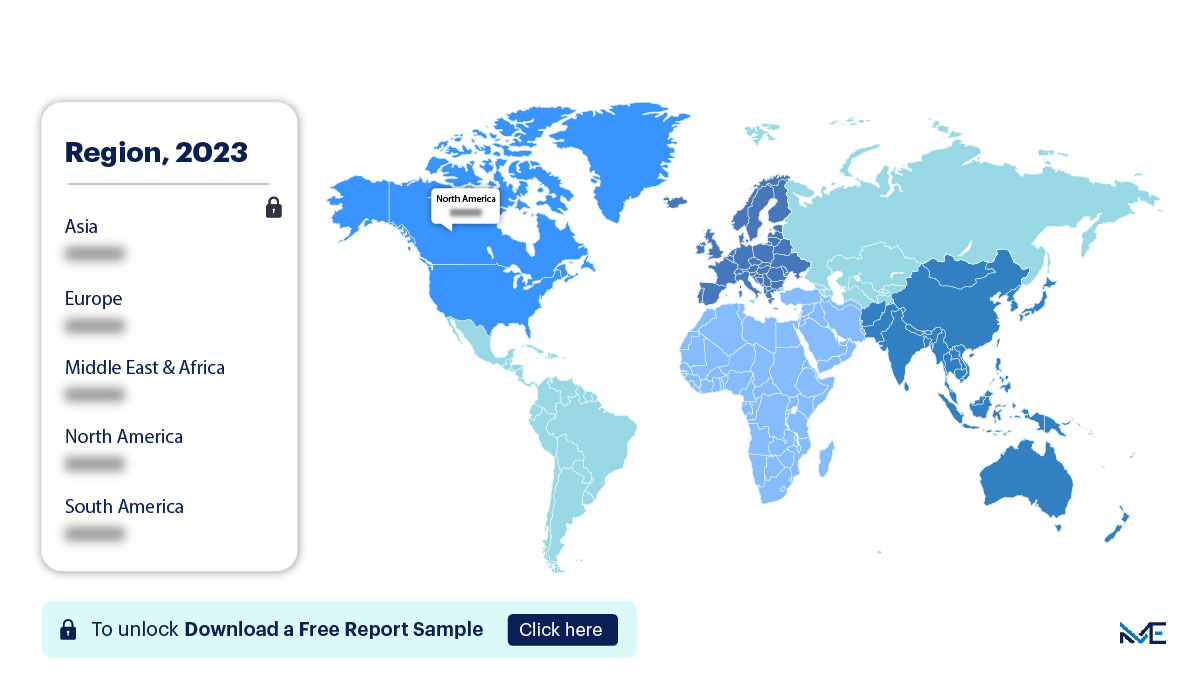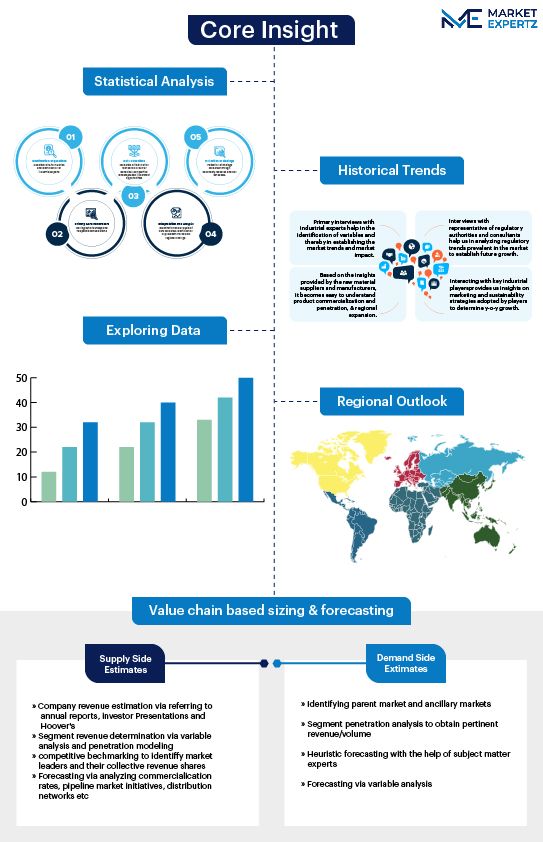Market Snapshot
| Study Period | 2019-2032 |
| Base Year | 2023 |
| Forcast Year | 2023-2032 |
| CAGR | 9.2 |


Gain accurate insights regarding the negative impacts of COVID-19 on all markets and industries
Download Sample PdfReport Overview
The Digital Twins in Healthcare Market size is estimated to grow at a CAGR of 6.75% between 2022 and 2032. The market size is forecast to increase by USD 8,920.58 million. The growth of the market depends on several factors, including the rise in demand for personalized medicine, increasing adoption of IoT devices in healthcare, and the need for predictive maintenance and optimization in healthcare facilities. Digital twins, in the context of healthcare, refer to virtual replicas of physical healthcare systems, processes, or devices. These digital representations enable real-time monitoring, analysis, and simulation to improve patient care, operational efficiency, and healthcare outcomes.
Digital Twins in Healthcare Market Overview:
Drivers:
One of the key drivers fueling the growth of the Digital Twins in Healthcare market is the growing demand for personalized medicine. Healthcare providers and pharmaceutical companies are increasingly adopting digital twins to create patient-specific models for diagnosis, treatment planning, and drug development. These digital twins allow for the customization of medical treatments and therapies based on an individual's unique genetic, physiological, and lifestyle characteristics, leading to more effective and targeted healthcare solutions.
Moreover, the increasing adoption of Internet of Things (IoT) devices in healthcare is driving the demand for digital twins. IoT devices such as wearable health monitors, remote patient monitoring systems, and smart medical devices generate vast amounts of data. Digital twins help healthcare organizations harness this data to create real-time simulations of patient health, monitor vital signs remotely, and predict health trends, ultimately improving patient care and outcomes.
Trends:
A notable trend in the Digital Twins in Healthcare market is the integration of artificial intelligence (AI) and machine learning (ML) technologies into digital twin models. AI and ML enhance the capabilities of digital twins by enabling advanced data analytics, predictive modeling, and decision support. Healthcare providers can use AI-powered digital twins to predict disease outbreaks, optimize treatment regimens, and identify potential adverse events, leading to more proactive and efficient healthcare delivery.
Additionally, there is a growing emphasis on using digital twins for predictive maintenance and optimization in healthcare facilities. Digital twins can replicate the infrastructure and equipment within hospitals and clinics, allowing for real-time monitoring of equipment performance, energy consumption, and facility operations. This helps healthcare organizations reduce maintenance costs, improve resource allocation, and enhance the overall efficiency of healthcare facilities.
Restraints:
One of the key challenges facing the Digital Twins in Healthcare market is the complexity of creating and maintaining accurate digital twin models. Building comprehensive digital twins of healthcare systems or individual patients requires a substantial investment of time, resources, and expertise. Ensuring that digital twins accurately reflect the complexities of real-world healthcare scenarios can be a barrier for healthcare organizations.
Furthermore, data privacy and security concerns are significant restraints in the adoption of digital twins in healthcare. Healthcare data is highly sensitive and subject to strict regulatory requirements. Protecting patient data in digital twin environments and ensuring compliance with data protection regulations are critical challenges that must be addressed to maintain trust and adoption.
Digital Twins in Healthcare Market Segmentation By Application:
The patient-specific treatment planning segment is estimated to experience significant growth during the forecast period. Digital twins enable healthcare providers to create personalized models of patients, including their anatomy, physiology, and medical history. These patient-specific digital twins serve as powerful tools for treatment planning and surgical simulations, ensuring that medical interventions are tailored to each patient's unique needs and characteristics.
Digital Twins in Healthcare Market Segmentation By Type:
The equipment and facility optimization segment is poised for substantial growth within the Digital Twins in Healthcare market. Healthcare facilities, including hospitals and clinics, are adopting digital twins to monitor and optimize the performance of medical equipment, heating, ventilation, and air conditioning (HVAC) systems, and energy consumption. These digital twins help reduce operational costs, improve energy efficiency, and ensure the smooth operation of healthcare facilities.
Regional Overview:

Download the report summary now!
Request pdf Sample
North America is expected to play a dominant role in driving the global Digital Twins in Healthcare market, contributing approximately 40% to its growth during the forecast period. The region's well-established healthcare infrastructure, technological innovation, and a high level of investment in healthcare IT solutions are driving the adoption of digital twins in healthcare. North American healthcare organizations are leveraging digital twins to enhance patient care, streamline operations, and improve healthcare outcomes.
Europe also holds a significant share of the market, driven by the presence of advanced healthcare systems and research institutions. European healthcare providers are increasingly adopting digital twins for patient-specific treatment planning, drug discovery, and medical research.
Digital Twins in Healthcare Market Customer Landscape:
The Digital Twins in Healthcare market report encompasses a wide range of customers, including healthcare providers, pharmaceutical companies, medical device manufacturers, and research institutions. Healthcare providers and pharmaceutical companies are the primary customers using digital twins for patient care, treatment planning, and drug development. Medical device manufacturers leverage digital twins for product design and testing, while research institutions apply digital twins to advance medical research and innovation.
Major Digital Twins in Healthcare Market Companies:
Companies in the Digital Twins in Healthcare market are continually expanding their capabilities and expertise in creating and utilizing digital twin models in healthcare. They often collaborate with healthcare providers, pharmaceutical companies, and research institutions to develop innovative applications of digital twins in healthcare.
Some prominent players in the market include:
- Siemens AG
- General Electric Company
- ANSYS, Inc.
- PTC Inc.
- Dassault Systèmes SE
- IBM Corporation
- Medtronic plc
- Philips Healthcare
- Altair Engineering, Inc.
- L3Harris Technologies, Inc.
These companies are at the forefront of advancing digital twins in healthcare, contributing to improved patient care and healthcare system optimization.
Segment Overview:
The Digital Twins in Healthcare market report provides revenue forecasts at the global, regional, and country levels, offering insights into growth prospects and regional dynamics within the market.
- Application Outlook (USD Million, 2019 - 2032)
- Patient-specific Treatment Planning
- Drug Discovery and Development
- Equipment and Facility Optimization
- Disease and Outbreak Prediction
- Others
- Type Outlook (USD Million, 2019 - 2032)
- Process Digital Twin
- Product Digital Twin
- System Digital Twin
- Geography Outlook (USD Million, 2019 - 2032)
- North America
- United States
- Canada
- Europe
- United Kingdom
- Germany
- France
- Rest of Europe
- Asia-Pacific
- China
- India
- South America
- Brazil
- Argentina
- Chile
- Middle East & Africa
- Saudi Arabia
- South Africa
- Rest of the Middle East & Africa
RESEARCH METHODOLOGY
A research methodology is a systematic approach for assessing or conducting a market study. Researchers tend to draw on a variety of both qualitative and quantitative study methods, inclusive of investigations, survey, secondary data and market observation.
Such plans can focus on classifying the products offered by leading market players or simply use statistical models to interpret observations or test hypotheses. While some methods aim for a detailed description of the factors behind an observation, others present the context of the current market scenario.
Now let’s take a closer look at the research methods here.
Secondary Research Model
Extensive data is obtained and cumulated on a substantial basis during the inception phase of the research process. The data accumulated is consistently filtered through validation from the in-house database, paid sources as well reputable industry magazines. A robust research study requires an understanding of the overall value chain. Annual reports and financials of industry players are studied thoroughly to have a comprehensive idea of the market taxonomy.
Primary Insights
Post conglomeration of the data obtained through secondary research; a validation process is initiated to verify the numbers or figures. This process is usually performed by having a detailed discussion with the industry experts.
However, we do not restrict our primary interviews only to the industry leaders. Our team covers the entire value chain while verifying the data. A significant number of raw material suppliers, local manufacturers, distributors, and stakeholders are interviewed to make our findings authentic. The current trends which include the drivers, restraints, and opportunities are also derived through the primary research process.
Market Estimation
The market estimation is conducted by analyzing the data collected through both secondary and primary research. This process involves market breakdown, bottom-up and top- down approach.
Moreover, while forecasting the market a comprehensive statistical time series model is designed for each market. Macroeconomic indicators are considered to understand the current trends of the market. Each data point is verified by the process of data triangulation method to arrive at the final market estimates.
Final Presentation
The penultimate process results in a holistic research report. The study equips key industry players to undertake significant strategic decisions through the findings. The report encompasses detailed market information. Graphical representations of the current market trends are also made available in order to make the study highly comprehensible for the reader.
Personalized Business Report Tailored to Your Requirements
- Our expert analysts collaborate directly with you to comprehend your specific needs.
- Get data on regions, segments, competitors, and vendors of your choice.
- Information is presented in alignment with your exact preferences and formatting.
Free Sample Report
"Find new revenue generation opportunities"

